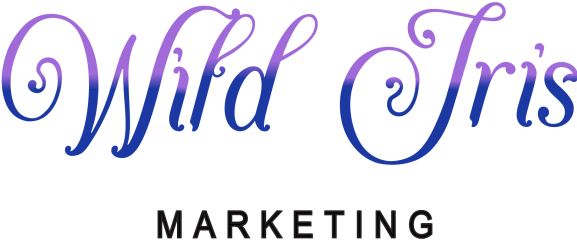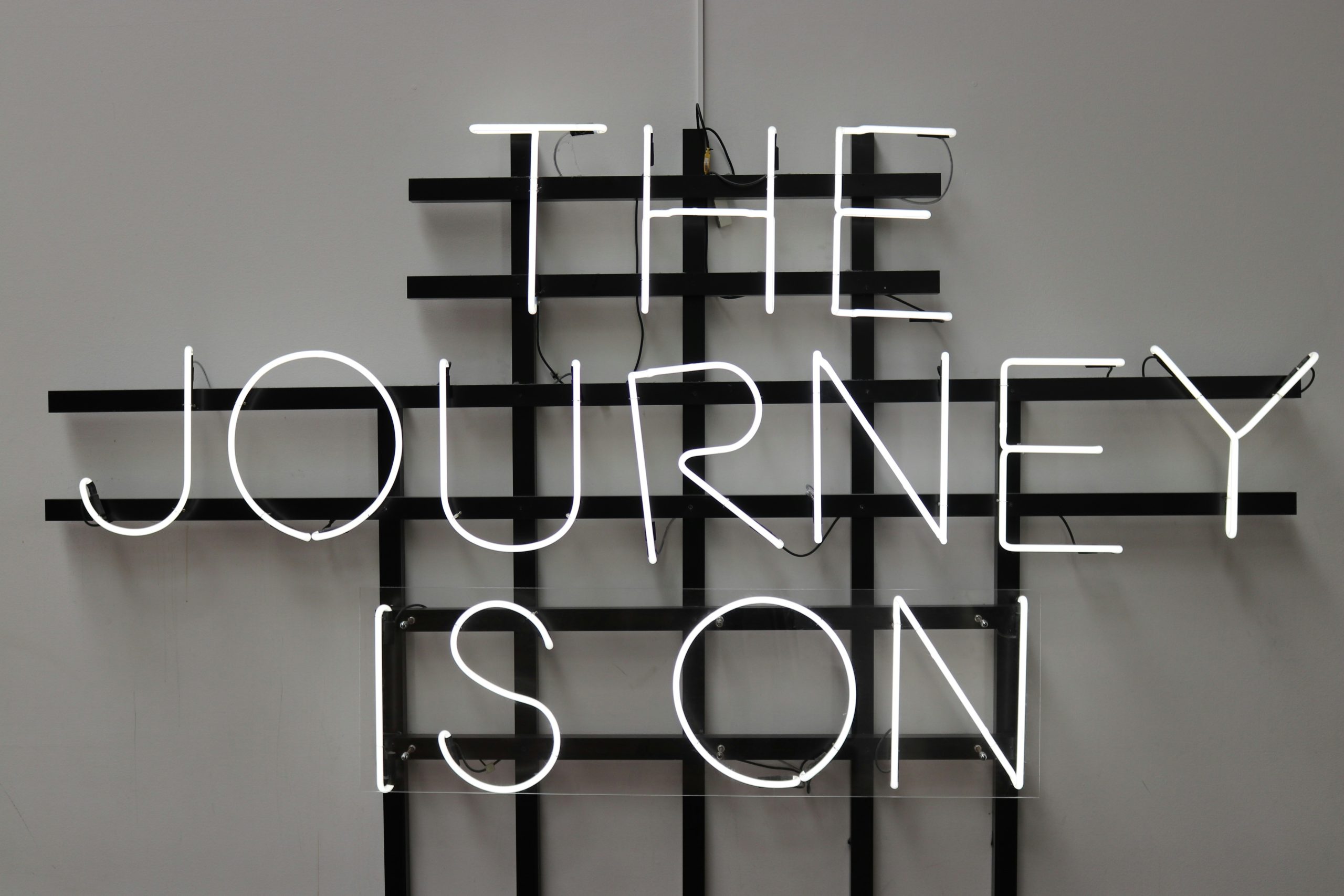A Step-by-Step Guide to Turning Your Visitors into Life-Long Customers: Conversion Optimization & the Customer Journey
The goal of a website is to convert visitors into customers, whether they are purchasing a product, subscribing to communications, or using the site itself as a product. But it isn’t enough to just have a great product. Creating a smooth journey that painlessly guides your visitors toward a desired action is of paramount importance to your business’s success. “Conversion optimization” is the art of increasing the percentage of your users who complete a desired action, and its primary component is understanding the website customer journey.
Let’s learn how you can define clear goals for your visitors and minimize the things that can prevent them from converting from visitors into customers.
What Are Your Goals?
Before optimizing for conversions, it’s imperative to know what you want your users to do. Every website should have a purpose. For an e-commerce site, the goal is often completing a purchase, while secondary goals might include signing up for a newsletter or creating an account. For service providers, the focus might be requesting a quote or consultation, or booking an actual appointment. Content-heavy sites like blogs usually aim to keep readers on the site longer, get social shares, and grow subscriber lists.
Start by figuring out what matters most to the success of your business. What leads directly to revenue or engagement? Next, identify ways to measure these actions. Whether it’s tracking click-through rates, form submissions, or time spent on your site, you need metrics that tell you if things are moving in the right direction. Finally and above all else, prioritize your calls to action (CTAs). You want to keep your users focused on a clear set of possible actions that you want them to take.
Understand the Journey
The path to conversion doesn’t always have a clear beginning. Visitors might arrive at your site with different needs or stages of intention, and it’s your site’s job to meet them at whatever stage they are in on their journey. The customer journey typically has three stages: awareness, consideration, and decision.
In the awareness stage, visitors are just discovering your website, whether through a search engine, an ad, a referral link, or something else. Your goal at this stage is to get their attention and prove your value. This could mean showcasing the benefits of your product, sharing helpful information through a blog, or even just having a catchy headline.
Next comes the consideration stage, where users evaluate their options. The visitor is trying to decide if you’re the one that can meet their needs. This is where you need to build credibility and authority. Reviews, customer testimonials, and examples of success can really help here. Make sure your product or services are clear. If the customer has to guess at what you’re offering they will likely go for someone who has offered a more obvious solution.
Finally, it’s time for your visitor to hopefully become a customer during the decision stage. Are they ready to commit to your business? This step on your website should be as easy as possible, whether they’re making a purchase, filling out a form, or scheduling a consultation. Clear and obvious CTAs, streamlined actions, and a distraction-free process are the best tools you have.
To figure out how users are moving through these stages on your site, heatmaps tools like Hotjar and customer journey maps can be invaluable. They can show where users stay engaged, where they drop off your site and end their interaction, and how you can make the customer journey smoother.
Make Things Easy
Friction is anything that slows down or prevents a visitor from completing the action you want them to take. It can come in many forms: confusing navigation, slow load times, complicated forms, and numerous others. Here are some common pain points and how to approach them.
- Navigation: If your site feels like a maze, visitors won’t stick around to find the end. Simple menus, easy to find pages, and breadcrumbs to help users keep track of their place in the process are invaluable to easy navigation.
- Page Load Speed: Nobody likes waiting for a website to load. Compress images, reduce unnecessary animations or coding, and aim to have pages load in under three seconds. Indeed, a fast site isn’t just good for users, it’s good for Google and other search engines too.
- Forms: People abandon forms when there are too many fields or when they ask for unnecessary information. Keep things simple. Only ask for what you absolutely need for the next step. If your form has multiple parts, provide breadcrumbs so users can see their progress.
- Calls to Action: Avoid vague language like “Submit” or “More Info.” Use phrases that are compelling and descriptive when possible, like “Get Started” or “Buy Now.” Make sure your CTAs stand out visually and are placed strategically throughout your site.
- Trust: Visitors don’t convert if they don’t feel secure. Include customer reviews, use consistent, professional branding, and site seals or trust marks like the “Better Business Bureau’s Business Accredited Seal” to reassure them that they’re in good hands.
Personalize the Journey
On the internet, a cookie cutter approach doesn’t cut it. Personalizing your site for users can make a huge difference on how they interact with your site. Imagine going to a website that greets you by name, recommends desirable products based on your viewing history, or offers a special discount for being a return visitor. Small individual touches like these create a connection with your visitors, turning them from “users” into “friends and family.”
Nowadays, there are plenty of tools that make personalizations like these easier than ever. You can use AI to drive recommendations, content that changes dynamically for each user based on their behaviors, and location-specific messaging to tailor their experience. The more relevant your website feels, the more likely your visitors are to convert.
Listen to Your Users
Don’t forget about analytics. Google Analytics and other platforms can give you important information about how users are interacting with your site. Pay attention to metrics like bounce rates and page flow to identify where users are dropping off on their journey.
Finally, hear your audience. Use surveys, feedback forms, or live chat to gather insights and thoughts from your users. They can reveal pain points and needs you would never think of from the business angle.
Know Your Customers
Success in conversion optimization comes from user empathy. Understanding the needs, pain points, and motivations of your users is the only way to truly be able to help them. By defining clear goals, creating a smooth customer journey, and reducing conversion friction at every stage in the customer journey, you can turn your site’s visitors into your business’s loyal customers.
A seamless and enjoyable experience isn’t about aesthetics, though of course a nice looking site is important. It’s about functionality, usability, and trust. With the right strategies your website can become a user’s dream solution to their every need.
If you need help defining the goals of your website, defining the journey of your customers, and ensuring that their journey is as pleasant as it can be, reach out to us here at Wild Iris Marketing. We are dedicated to making your website the most successful part of your business, and showing you a successful customer journey by making your experience with us the perfect example!


